Landscape Architecture in A Changing Climate

The Department of
Landscape Architecture
On this page
The Department of Landscape Architecture holds an abiding commitment to climate mitigation and adaptation through its curriculum, faculty research, and design culture. We stand at the frontier of carbon drawdown and the urgent demand for climate adaptation in all of our work together. Historically, we contend that existential demands for adapting threatened or damaged natural systems in cities propelled the emergence of landscape architecture practice as urban reform in the United States in the 19th century. Today, these demands remain crucial drivers in our work—but with ever greater urgency in the face of extreme aridity and heat, mega-fires, flooding, sea level rise, excessive carbon emissions, and other risks to life and prosperity. In response, we are educating a generation of activist practitioners, theorists, advocates, and more—a virtual army of climate warriors who will lead the charge for regenerative, adaptive ways of reimagining a just and sustainable world.
Climate by Design
Achieving these goals requires a community of learning committed to deeper analysis of the patterns of change and the role of design in reducing carbon emissions and adapting to climate risks. Climate by Design is the foundation of our commitment to building this community. It is a required course for MLA degree candidates and is open to other GSD and Harvard students interested in the climate crisis and design. The course is built around critical questions and interrogates existing systems of knowledge. What is climate change? What are the design strategies that respond to or anticipate these changes? How effective are they? Whom do they serve? And on what terms?
The effects and burdens of climatic change are unequal, contributing to increased social and economic disparity and often exacerbating historic patterns of inequity. The impacts are multiple and diverse, as are the many cultures and communities that must respond and adapt. To develop design tools that respond to these conditions, we need to understand not only the science but also the political, social, economic, and cultural contexts on the ground where design projects and movements are rooted.
Through a series of lectures by GSD faculty and external experts across various fields, this course introduces students to the science of climate change and explores the range of paradigmatic design responses. Throughout the semester, students work in teams to develop and analyze a case study, advancing methodologies for critical assessment and visual representation. The studies consider social, cultural, and aesthetic dimensions, environmental function, economic deployment, and political engagement. They are organized around 9 key themes and situated in different geographical, political, economic, social, historical, environmental, and climatic contexts. These exemplary cases are a means to understand and articulate the evolving role of landscape architecture in a changing climate.
Examples of these themes and student analysis of specific cases can be explored below.
Case Studies
-

Swansea Bay Lagoon
Rocio Alonso (MLA I AP '24), Muha Bazila (MLA I '24), Kai Walcott (MLA I '24), Amy Whitesides, Kira Clingen -
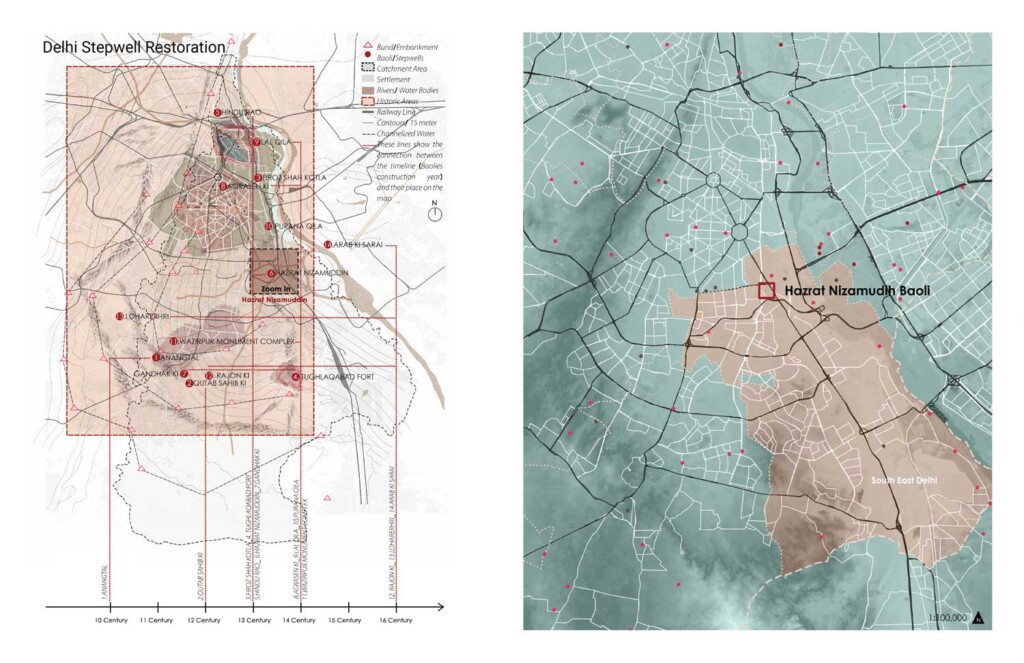
Delhi Stepwell Restoration
Zeinab Maghdouri (MLA I AP '24), Miguel Lantigua Inoa (MArch II/MLA AP ’24), Emilie Dunnenberger (MLA I '24), Amy Whitesides, Kira Clingen -
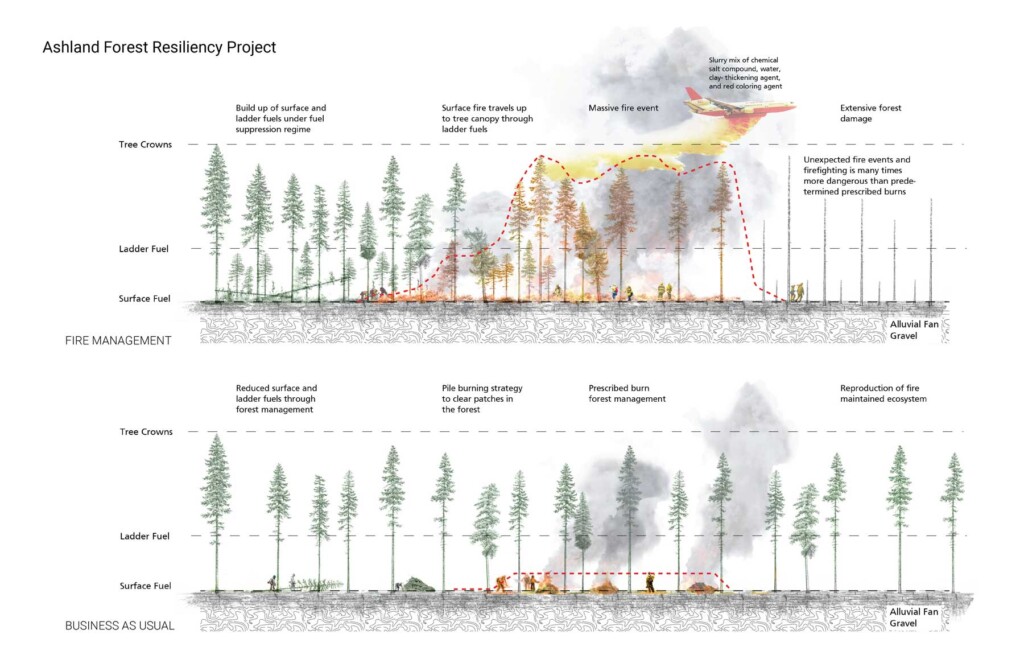
Ashland Forest Resiliency Project
Makio Yamamoto (MLA I AP/MUP ’25), Slide Kelly (MLA I AP/MDes ’24), Zheming Zhang (MLA '24), Kira Clingen, Amy Whitesides -
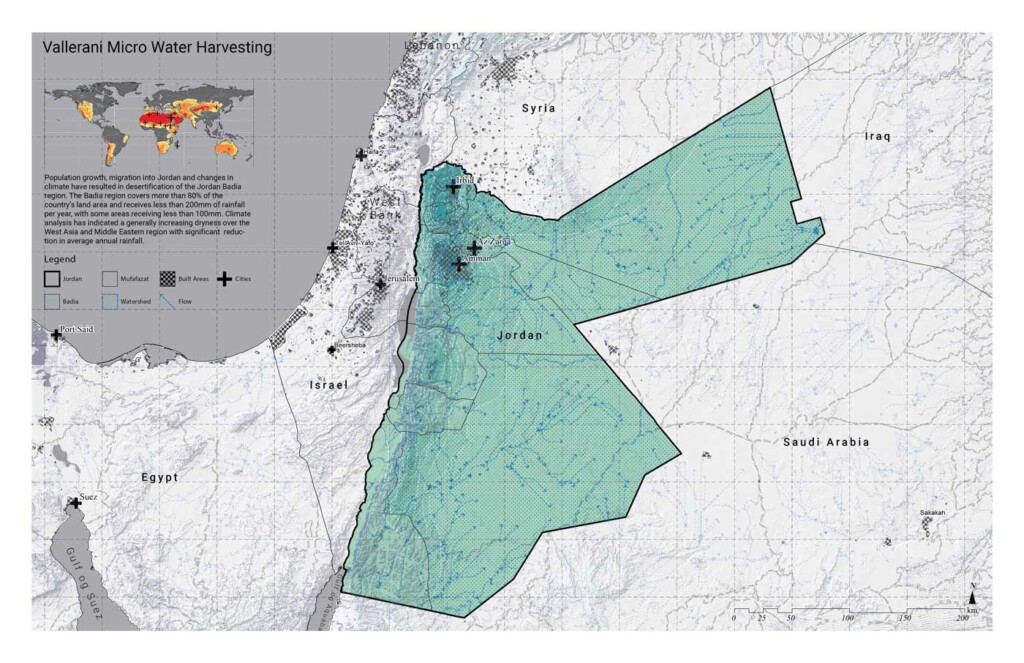
Vallerani Micro Water Harvesting
Caroline Koh Smith (MLA '24), Rattanin Peewsook (MLA II '24), Hang Guo (MLA '24), Kira Clingen, Amy Whitesides -
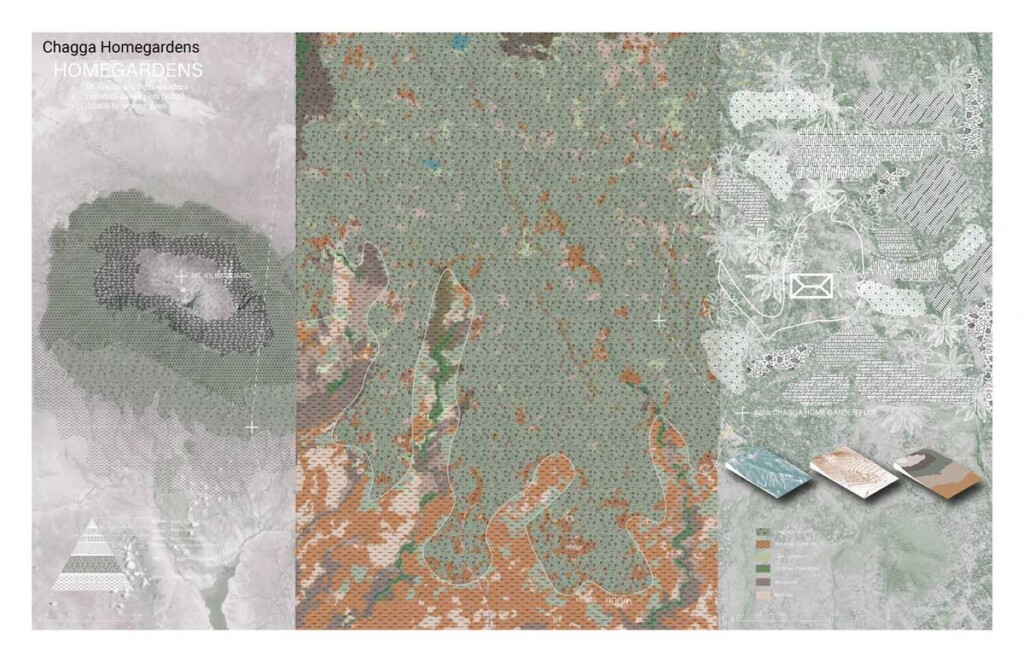
Chagga Homegardens
Daniella Slowik (MLA II '24), Isabel Lewis (MLA '24), Mojtaba Nabavi (MAUD ’24), Amy Whitesides, Kira Clingen -
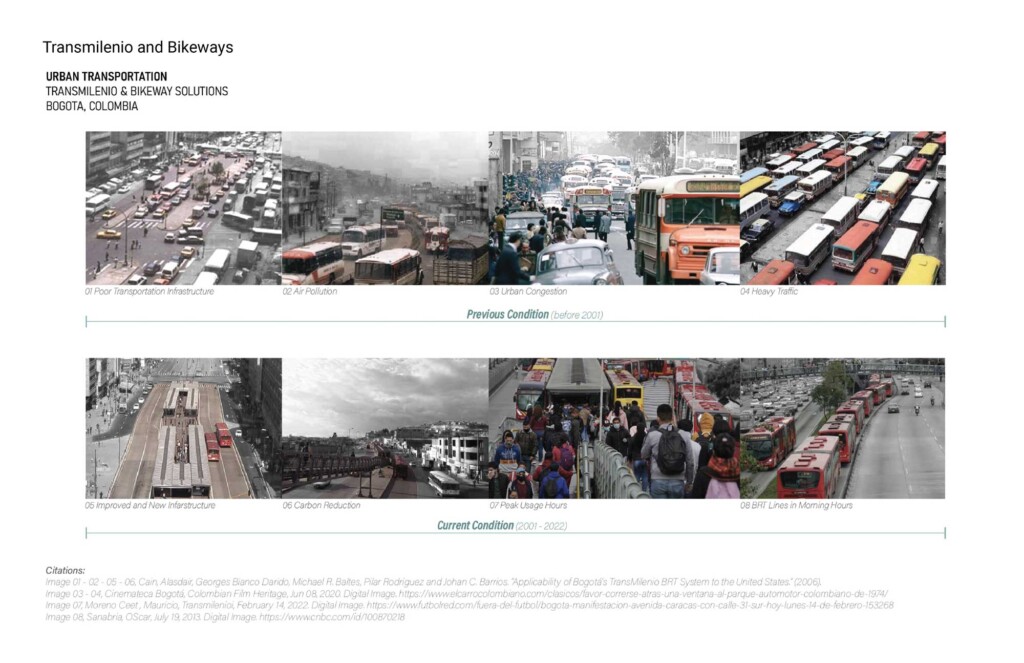
TransMilenio and Bikeways
Annabel Grunebaum (MLA I '24), Emily Menard (MLA II '24), Somayeh Rezayi (MAUD '24), Amy Whitesides, Kira Clingen -
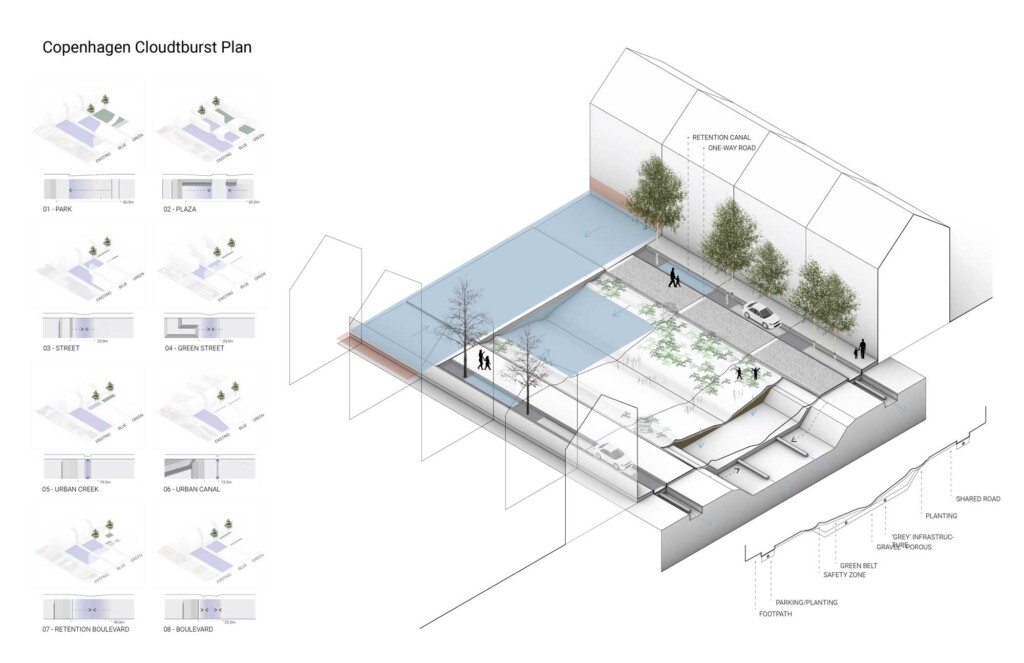
Copenhagen Cloudburst Plan
Lucas Dobbin (MLA I AP '24), Nastassa Lafontant (MLA I '24), Donguk Lee (MLAUD '25), Amy Whitesides, Kira Clingen -

Public Sediment for Alameda Creek
Rinka Gao (MLA I '24), Elaine Zmuda (MLA I AP '24), Manaka Hataoka (MLA '25), Wladka Kijewska (MUP '23), Amy Whitesides, Kira Clingen -
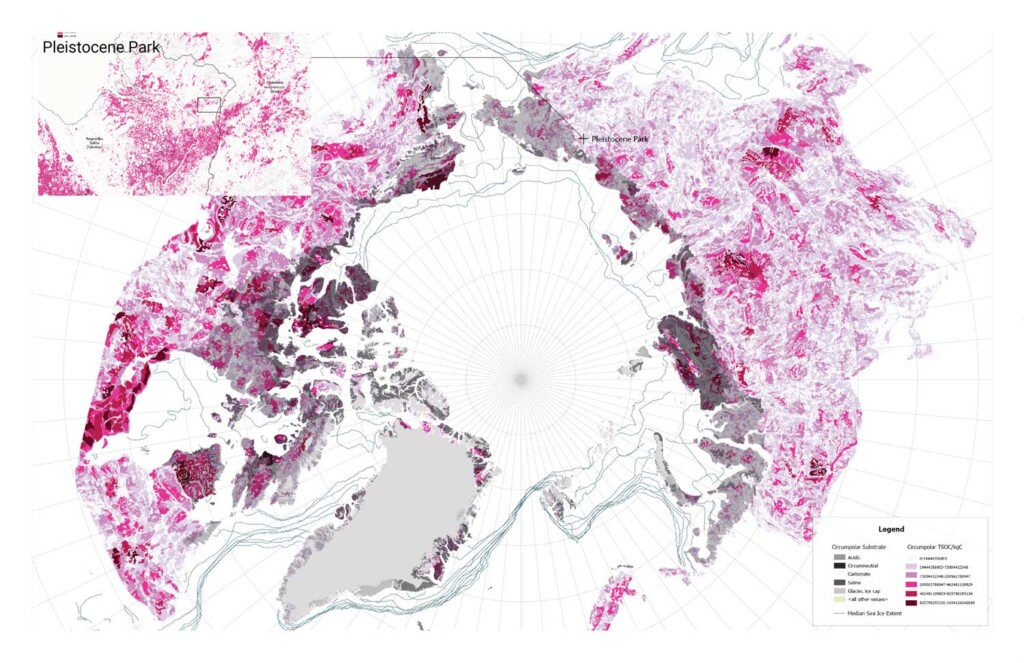
Pleistocene Park
Yixin Du (MLA '24), Julia Hedges (MLA I '24), Melanie Louterbach (MLA I ’24), Amy Whitesides, Kira Clingen